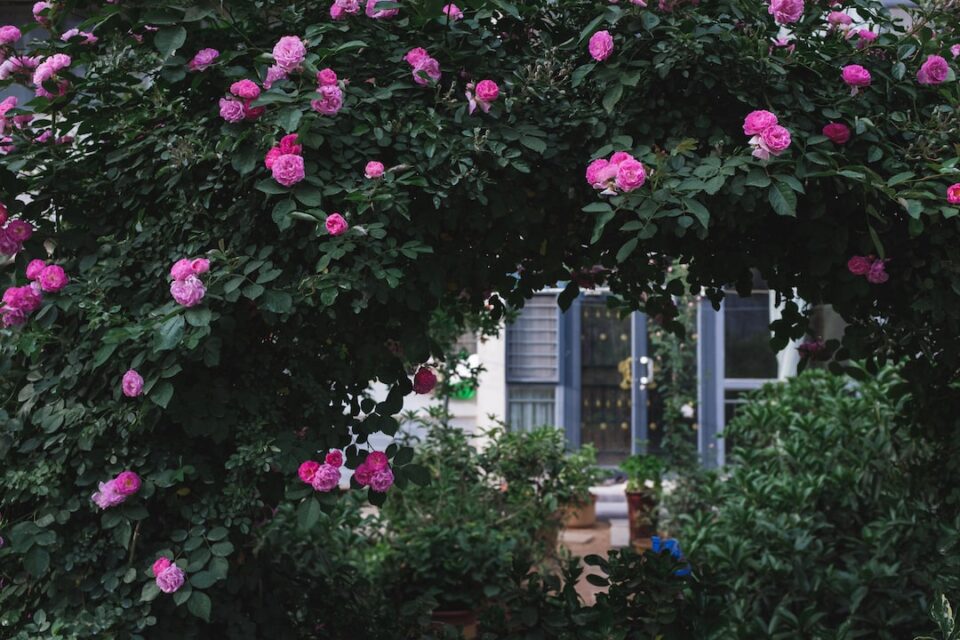Creating a Wildlife-Friendly Garden: Tips and Ideas
Gardens are not merely spaces for aesthetics and relaxation; they can also play a significant role in promoting biodiversity and creating habitats for wildlife. By making a few changes and incorporating wildlife-friendly practices, you can transform your garden into a haven for various species. Here are some tips and ideas to help you create a wildlife-friendly garden.
1. Plant Native Species: Native plants are vital for attracting and supporting local wildlife. They have evolved with the native insects, birds, and animals, providing them with food and shelter. Research which native plants are suitable for your region and include a variety of flowers, shrubs, and trees that bloom at different times throughout the year. This way, you can provide a continuous food source for insects like bees and butterflies.
2. Provide Shelter: Different species require different types of shelters. You can create a diversity of habitat by incorporating features like bird boxes, bat boxes, and insect hotels. These shelters will provide nesting opportunities for birds, bats, and insects, helping to sustain their populations.
3. Create a Water Source: Water is essential for wildlife, especially during periods of drought. A small pond, birdbath, or even a shallow dish can provide drinking water for birds and other animals. Be sure to provide easy access and keep the water source clean and fresh.
4. Avoid Chemicals: Pesticides and herbicides can harm not only unwanted pests but also beneficial insects, birds, and other creatures. Instead, opt for natural alternatives and organic gardening practices. By doing so, you can create a healthier environment for wildlife and yourself.
5. Embrace the Weeds: While some gardeners consider them a nuisance, certain weeds can provide valuable food for wildlife. For example, Dandelions are an essential early-season food source for bees after a long winter. Leaving some sections of your garden untamed can provide a necessary refuge for small mammals, reptiles, and nocturnal creatures.
6. Plant for Different Seasons: Ensure your garden has a variety of plants that produce food and flowers throughout the year. This will attract and support a diverse range of wildlife. Consider incorporating winter-blooming plants, such as winter honeysuckle or snowdrops, which provide sustenance when other food sources are scarce.
7. Add Bird Feeders and Nesting Boxes: Hanging bird feeders filled with nutritious seeds or nuts will attract a plethora of bird species to your garden. Additionally, providing nesting boxes will encourage birds to make your garden their home during breeding seasons. Remember to clean feeders regularly to avoid spreading disease.
8. Consider a Compost Heap: Composting not only helps reduce waste but also attracts beneficial insects like worms. These insects not only enrich the soil but also provide food for birds and amphibians.
9. Create Log Piles and Stone Walls: A pile of logs or a stone wall can provide an ideal habitat for insects, reptiles, and amphibians. These creatures can take cover in crevices, forage for food, or even hibernate during the colder months.
10. Be a Responsible Gardener: Be mindful of the impact your garden activities may have on wildlife. Avoid excessive trimming or pruning during breeding seasons to protect nests and young animals. Get involved in local wildlife conservation initiatives to learn more about the needs of your area’s flora and fauna.
By implementing these wildlife-friendly practices, you can transform your garden into a thriving ecosystem that supports biodiversity. Not only will you be providing food and shelter for various species, but you will also have the pleasure of observing and living alongside the natural world.

